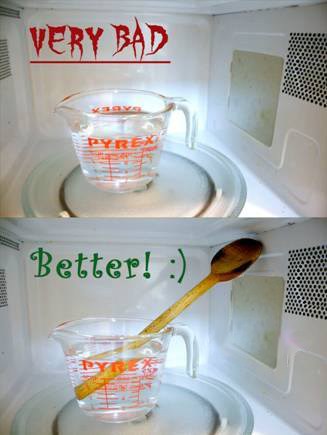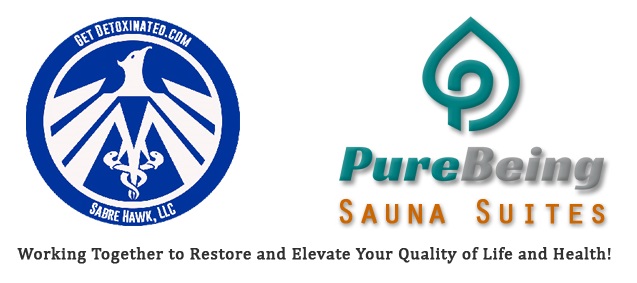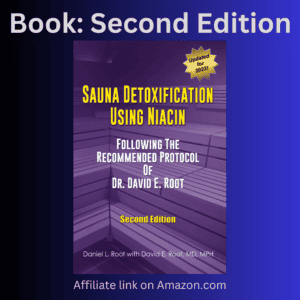The Surprising Truth About Microwaving Water: What You Need to Know

While it is true that microwaving water can be hazardous, it’s not for the reasons many might think. A common misconception is that microwaving alters the molecular structure of water, but this isn’t the case. The primary concern with microwaving, especially when it comes to substances like water and breast milk, lies in its impact on temperature distribution and nutrient preservation, rather than any fundamental change in molecular composition.
Microwaving works by causing water molecules in food or liquids to vibrate, producing heat, similar to far infrared waves safely creating radiant heat from the sun and far infrared saunas. This process does not alter the water molecules themselves. However, it can lead to uneven heating, creating hot spots. This is particularly concerning when heating liquids like breast milk, as it can result in the loss of delicate nutrients and the potential for burns due to these hot spots.
Moreover, the method of heating in a microwave can affect the nutritional quality of breast milk. The high heat can break down enzymes and antibodies that are crucial for an infant’s health. This degradation is not due to a change in the water molecules but rather the sensitivity of these nutrients to heat.
The hidden dangers to microwaving water
A 26-year old man decided to have a cup of coffee. He took a cup of water and put it in the microwave to heat it up (something that he had done numerous times before). I am not sure how long he set the timer for, but he wanted to bring the water to a boil. When the timer shut the oven off, he removed the cup from the oven. As he looked into the cup, he noted that the water was not boiling, but suddenly the water in the cup ‘blew up’ into his face. The cup remained intact until he threw it out of his hand, but all the water had flown out onto his face due to the build-up of energy. His whole face was blistered and he had 1st and 2nd degree burns to his face which may leave scarring.
He also may have lost partial sight in his left eye. While at the hospital, the doctor who was attending to him stated that this is a fairly common occurrence and water (alone) should never be heated in a microwave oven. If water is heated in this manner, something should be placed in the cup to diffuse the energy such as a wooden stir stick, tea bag, etc, (nothing metal).
General Electric’s Response:
“Thanks for contacting us; I will be happy to assist you. The e-mail that you received is correct. Microwaved water and other liquids do not always bubble when they reach boiling point. They can actually get superheated and not bubble at all. The superheated liquid will bubble up out of the cup when it is moved or when something like a spoon or tea bag is put into it.
To prevent this from happening and causing injury, do not heat any liquid for more than two minutes per cup. After heating, let the cup stand in the microwave for thirty seconds before moving it or adding anything into it.”
Here is what a local high school science teacher had to say on the matter:
“Thanks for the microwave warning. I have seen this happen before. It is caused by a phenomenon known as super heating. It can occur any time water is heated and will particularly occur if the vessel that the water is heated in is new, or when heating a small amount of water (less than half a cup).
What happens is that the water heats faster than the vapor bubbles can form. If the cup is very new, then it is unlikely to have small surface scratches inside it that provide a place for the bubbles to form. As the bubbles cannot form and release some of the heat that has built up, the liquid does not boil, and the liquid continues to heat up well past its boiling point.
What then usually happens is that the liquid is bumped or jarred, which is just enough of a shock to cause the bubbles to rapidly form and expel the hot liquid. The rapid formation of bubbles is also why a carbonated beverage spews when opened after having been shaken.”
If you pass this on, you could very well save someone from a lot of pain and suffering.
THIS INFORMATION IS CORROBORATED BY VARIOUS SOURCES, INCLUDING SNOPES, LIFEHACKER, AND A REPORT FROM WASHINGTON STATE UNIVERSITY, INDICATING THAT THE RISK OF SUPERHEATING AND ITS POTENTIAL DANGERS ARE WELL-RECOGNIZED.
 Click here to learn more about our Testimonials and Results Disclaimer
Click here to learn more about our Testimonials and Results Disclaimer
Disclaimer: Information on this web site is provided for informational purposes only. The information is a result of years of practice experience by the authors. This information is not intended as a substitute for the advice provided by your physician or other healthcare professional or any information contained on or in any product label or packaging. Do not use the information on this web site for diagnosing or treating a health problem or disease, or prescribing medication or other treatment. Always speak with your physician or other healthcare professional before taking any medication or nutritional, herbal or homeopathic supplement, or using any treatment for a health problem. If you have or suspect that you have a medical problem, contact your health care provider promptly. Do not disregard professional medical advice or delay in seeking professional advice because of something you have read on this web site. Information provided on this web site and the use of any products or services purchased from our web site by you DOES NOT create a doctor-patient relationship between you and any of the physicians affiliated with our web site. Information and statements regarding dietary supplements have not been evaluated by the Food and Drug Administration and are not intended to diagnose, treat, cure, or prevent any disease.



You must be logged in to post a comment.